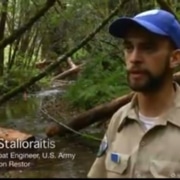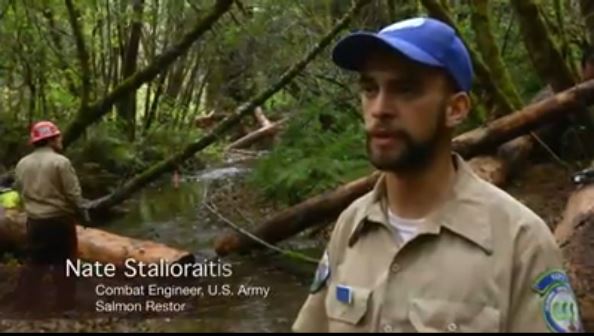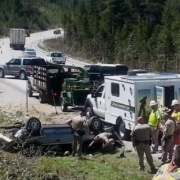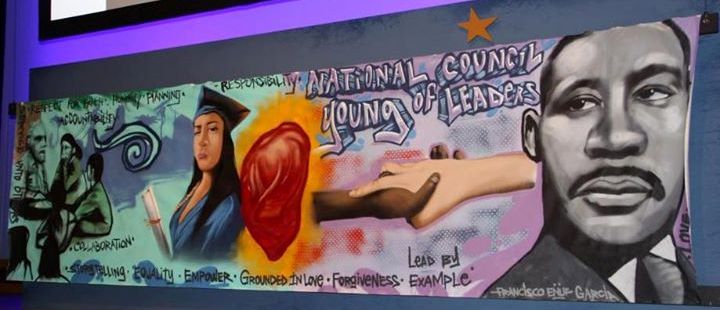
National Council of Young Leaders banner, painted by council member Francisco Garcia
Created in July 2012 in response to a recommendation from the White House Council on Community Solutions, the National Council of Young Leaders is tasked with informing policymakers, business leaders and funders about the issues faced by America’s young people. The 14 founding council members, ranging in age from 18 to 34, come from diverse upbringings in urban and rural low-income communities across the nation. They represent our country’s Opportunity Youth: the 6.7 million young Americans who are neither in school nor working, but who pose enormous potential for our economy and our future if they are provided the opportunity to get on track and get ahead. Though each council member has overcome different kinds of obstacles, they all share in common their participation in transformative youth programs that helped them become the successful young adults they are today.
In the fall of 2012, the Council released its first publication – Recommendations to Increase Opportunity and Decrease Poverty in America. The report outlines specific actions that could help Opportunity Youth and their communities. One of highlights of the publication is the Council’s Six Recommendations for Immediate Public Action: 1) Expand effective comprehensive programs; 2) Expand National Service; 3) Expand Private Internships; 4) Increase All Forms of Mentoring; 5) Protect and Expand Pathways to Higher Education; and 6) Reform the Criminal Justice System.
We wanted to hear the Council Members describe in their own words why these specific Recommendations are important to them and important to the success of America’s young people. Below, find out why council member Francisco Garcia is passionate about Recommendation #4…
Increase All Forms of Mentoring:
“Expand mentoring programs and elevate both formal and informal mentoring as a core component for all programs serving opportunity youth. Young people need caring individual mentors to give us confidence, respect, and support in planning and working toward a productive future. We need mentors both from a similar background who have overcome familiar obstacles, and mentors from different backgrounds who can open whole new horizons.”
[Recommendations to Increase Opportunity and Decrease Poverty in America, p. 8]
(Parts of Francisco’s bio and his photo are from the YouthBuild website)
Francisco Garcia is a professional public artist and muralist based in Arizona and California. He is a student at Rio Hondo College and Art Center College of Design in California.
Francisco grew up in a Mexican immigrant community in Los Angeles. His family moved to Phoenix, AZ when he was 16 years old so they could escape the neighborhood gang activity and have a better opportunity to buy a house and start a business.
“When I got to Arizona I started hanging out with people who were doing breakdancing and graffiti and rapping. It was really positive, but you do graffiti in the street. Graffiti is very dynamic. It has pros and cons. Illegal graffiti has more cons than pros, so that’s when I got into trouble,” said Francisco. “I got jumped by another graffiti gang and then I went to jail twice; once for graffiti and once for driving under the influence, I’d been smoking weed. I was just making bad choices in my life because I didn’t 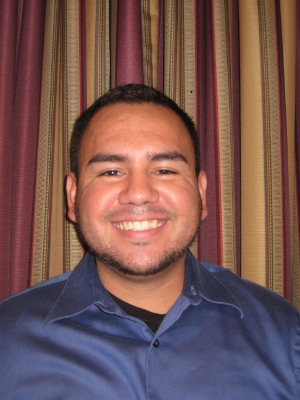 have mentors and my relationship with my dad at the time wasn’t that good. So I was kind of trying to find my identity and I wanted to be someone. Graffiti was that vehicle I used. It gave me recognition and a little bit of fame and I met a lot of friends through graffiti. So at the time I felt like it was okay.
have mentors and my relationship with my dad at the time wasn’t that good. So I was kind of trying to find my identity and I wanted to be someone. Graffiti was that vehicle I used. It gave me recognition and a little bit of fame and I met a lot of friends through graffiti. So at the time I felt like it was okay.
Then I got invited to a church group. I was suffering from depression and anxiety attacks at the time. So I went to the church and it was a youth night. The guy was preaching and that night I accepted Jesus in my heart and ever since then my anxiety attacks went away, my depression went away. Little by little I started leaving behind the negative things in my life and I started leaning more towards the positive. Then that’s when I met my mentors and I had other opportunities to create murals in the community and work with young people and mentor them.”
Since 2009, Francisco has been a mentor to emerging graffiti artists. He teaches them the benefits of creating art for the community and social change. He credits a number of programs, including AmeriCorps, Chicanos Por La Causa, Public Allies and Youth Leadership Institute (YLI), with having a positive influence on his life.
Why is this Recommendation important to youth in general, or to you specifically?
I think mentoring is important because when I was headed in a negative direction in my life, everything started changing when I was introduced to different nonprofit organizations. Many of my counselors and case managers from those organizations actually became my mentors and if I didn’t have those mentors in my life I think that I would not be where I’m at today.
What role should a mentor play in a young person’s life? What do you think a good mentor should be able to do or provide?
Whenever you mentor it has to be done in love, because if you do it in love I think that it’s more effective. You can connect to the mentees more. If it’s not done in love, then the kids are not going to connect…
The mentors that I think helped me out the most were able to identify my weaknesses and the areas I needed help in. For example, I needed some support in education, support in gaining experience in the field that I was interested in, and support in actually planning goals for myself – like going to a university one day. I didn’t see myself going to school, but when I had those mentors they pushed me to think outside the box and actually think about going to school for art. I do art as my major in college now.
They also provided resources for me. So they weren’t just talk, they actually connected me to resources. They connected me to an internship where I had the opportunity to be an art instructor and I was working under another art instructor who became my mentor, as well. I learned so much from that experience that now I’m able to get jobs and projects working for schools. Now I’m mentoring students. I feel like that torch has been passed on to me and I want to pass it on to the next generation.
Can you talk a little bit about your own experiences mentoring youth?
I know that what I was taught worked for me. I went to jail twice and I was getting into fights and getting kicked out of high school. My life changed when I was being mentored. My mentors used art as a tool to give me empowerment to learn about my history and my culture and get closer to God. So what I’ve done is I’ve taken all those different avenues and I’ve tried to expose the youth to those things, too. I try to expose them to faith and hope and I encourage students to learn about their heritage. I pretty much use the same principles that I was taught by my mentors and I offer it to the students.
The students take whatever they take from it, but I have seen the fruit of my labors. For example, I have a friend who, when I met him, he was an upcoming artist and he was trying to go to school but he wasn’t documented. So he was really discouraged about going to college. So I had him come over to my internship where I was doing artwork. I told him my story and about how my life was changing and I started mentoring him. We became friends. He ended up receiving the same scholarship that I received from Phoenix College. It was an art competition and this year he got first place for sculpture and painting and he got the Eric Fischl Vanguard, which tops all the other first place awards. 
I’ve encountered other kids like that, too. Many of them are taking Chicano Studies. Some of them are taking painting. I’ve mentored graffiti artists and I’ve been connecting them to programs like the Water Writes project; it’s a foundation that goes around the world painting murals about human rights and clean water. They actually came to Phoenix and I helped organize that. We had over 20 different artists and some of those artists came from my kind of background. And now they’re becoming leaders in their own communities and their teaching kids. So it’s like a pattern or a cycle.
One of the things I learned through being mentored is that mentors always follow up. They would call me, we would do an assessment of goals. So now, sometimes I sit my friends down when I see that they’re trying to do better, but they’re struggling. I’ll them, ‘this is what we’re going to do. We’re going to write down your goals. We’re going to write down your short-term goals and your long-term goals.’ I treat them as I was treated when I was being mentored and it works. It really works.
What motivates you to mentor?
I think that one of the things that definitely motivates me is God. The other thing is just working with the kids because I see myself in them. It makes me feel like I have a responsibility to be an example for them. I know that I’m not perfect, but maybe if they can take something from my experience then I can feel like I did something good. I taught somebody to do something good.
Why do you think it’s important to have mentors who come from a variety of different backgrounds and have different life experiences?
I think it’s important because in my experience I grew up in a Mexican immigrant community until I was 16 years old. Growing up, I encountered a lot of prejudice. When I moved to Arizona I encountered Neighborhood Ministries, which was a church-related organization. There were a lot of Caucasians in the organization and they were helping out the Hispanic community and that to me was something new. I had never seen anything like that in my life. I had never seen Caucasians reaching out to a poverty-stricken Hispanic community. It really surprised me and it really opened my eyes to seeing that not everyone is prejudiced. It doesn’t matter what race or color you are or what type of background you come from. It showed me that what matters is what’s in your heart. I got to see peoples’ hearts instead of just judging them because of the background they came from. So that was a big eye opener for me.
It was really community-related and church organizations that helped me out the most. As an artist, it’s not like a regular job. I gained knowledge from something like ten mentors from different fields and it helped me to kind of blend all that information into creating what I’m doing now with art in my community. I do public art, but I do stuff that’s political, trying to get involved in different areas of education and schools. So gathering all the knowledge from all the different mentors, it helped me to know my dream and my career goals. Having multiple mentors would be the best situation so you can get different perspectives.
What do you think needs to happen to make this Recommendation a reality?
I think there just needs to be more research on programs that are actually working and maybe we could give some more money towards those programs. Maybe even hire young people, like myself, to work in the community and mentor others. I think there are a lot of young people that are hungry to teach others what they’ve learned, but because they need to also make a living they end up getting jobs that are regular 9-5 jobs and they’re not able to use their talents.
If there were only more opportunities like Public Allies or AmeriCorps or other service jobs where young students can actually put their talents to use, I think that would be one way. The other way would be to advertise it in high schools and colleges. Really putting it out there and connecting mentors and mentees.
What do you see yourself doing in the future? Do you want to continue to mentor?
I see myself finishing school, getting a master’s and possibly being a professor at a university. I would like to introduce spray paint as a medium. Just like how some artists use acrylics or oils, I want to have a specific program for public art that would bridge the gap between graffiti and more traditional art. I want to show people who are doing urban art that it’s possible to make a career out of your art and be respected within the arts. We need more leaders that do urban art. I think by putting it at the university level it could be more respected or people could actually view it as a possible career and also as a tool to empower young people.


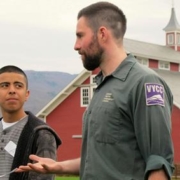
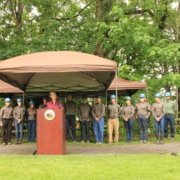

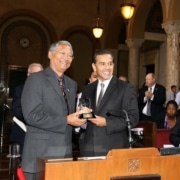
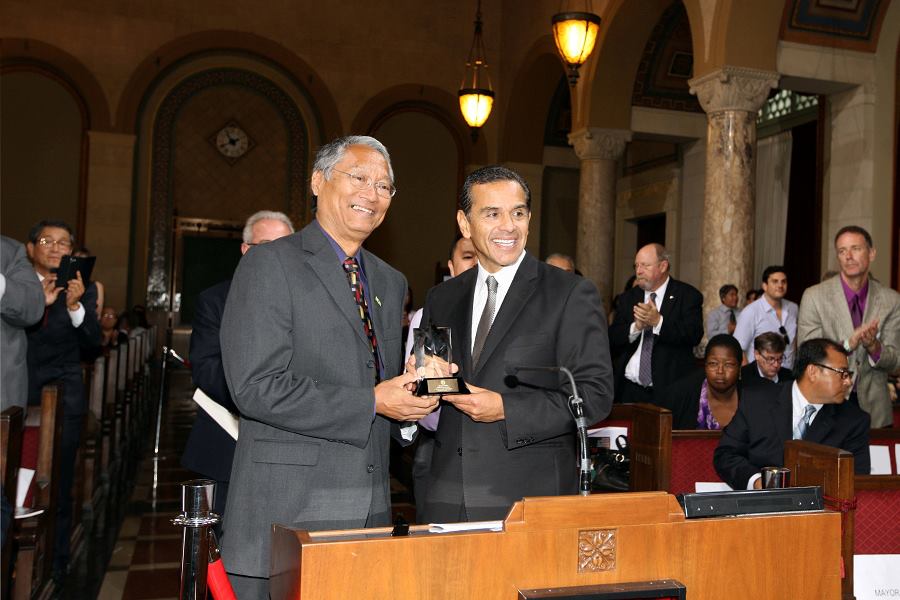
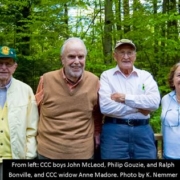
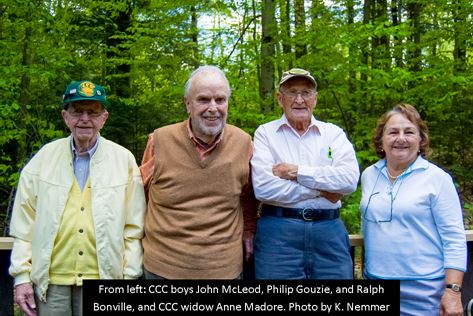
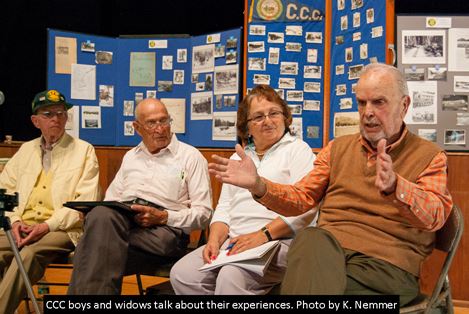
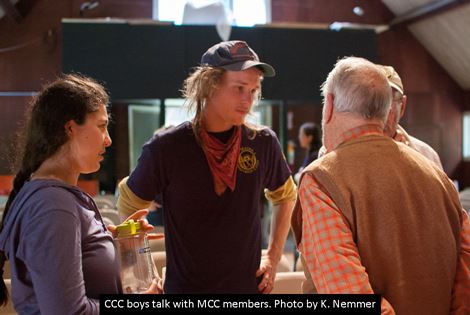
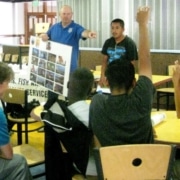
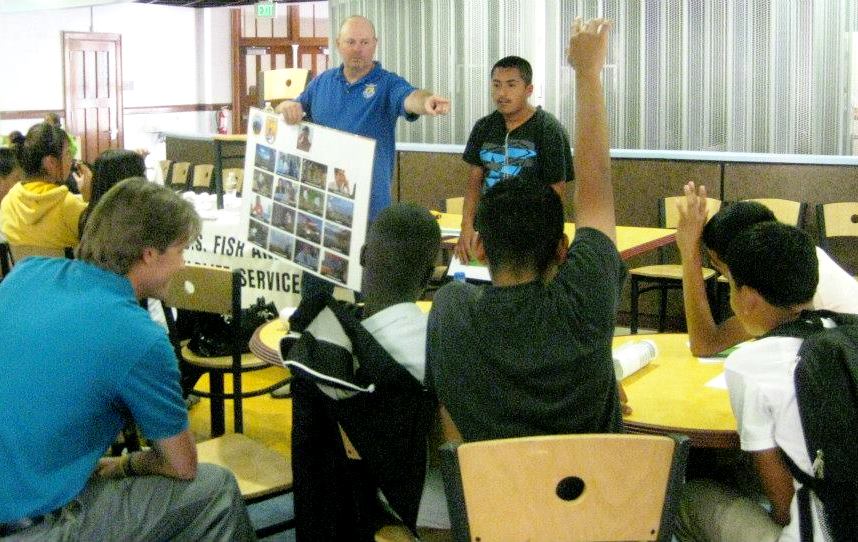
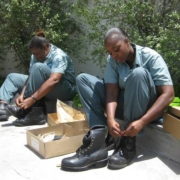
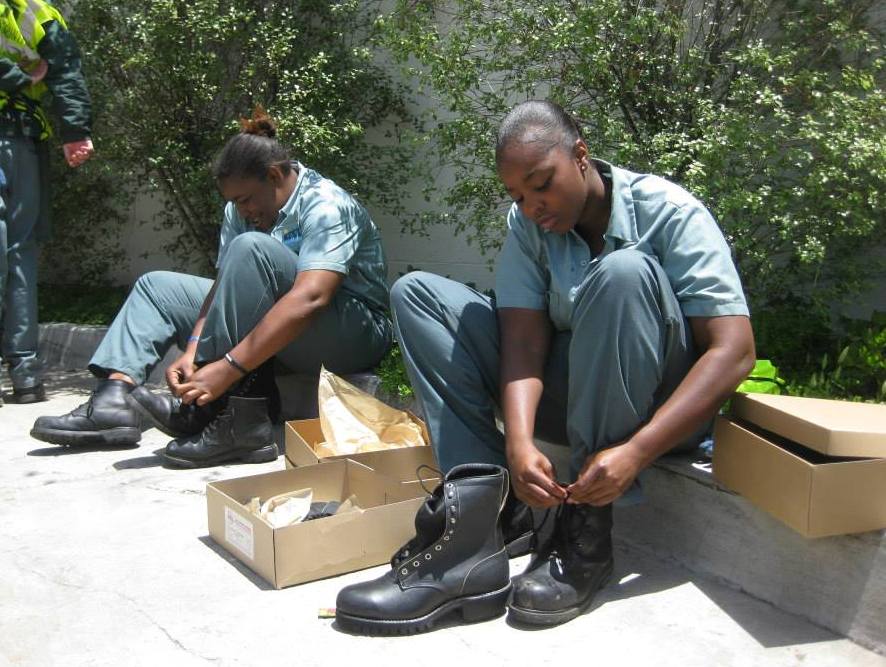
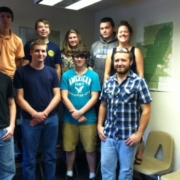



 have mentors and my relationship with my dad at the time wasn’t that good. So I was kind of trying to find my identity and I wanted to be someone. Graffiti was that vehicle I used. It gave me recognition and a little bit of fame and I met a lot of friends through graffiti. So at the time I felt like it was okay.
have mentors and my relationship with my dad at the time wasn’t that good. So I was kind of trying to find my identity and I wanted to be someone. Graffiti was that vehicle I used. It gave me recognition and a little bit of fame and I met a lot of friends through graffiti. So at the time I felt like it was okay.
